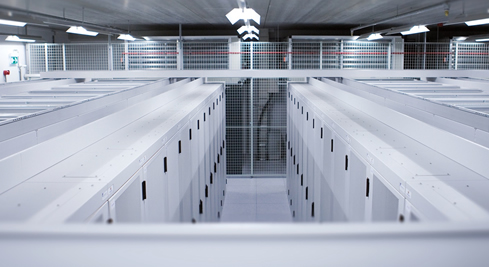Power over Ethernet (PoE) is a continually developing technology that allows delivery of both electrical power and network communications through a single cable. It is used for a variety of reasons and with a variety of powered devices. Currently, the technology is on its fourth iteration with a fifth one in the works. Here are just a few of the most fundamental particulars as well as the pros and cons of the technology:
PoE - Basic terminology
PoE systems typically include only two items - powered devices (PDs) and power sourcing equipment (PSE). As their names imply, PD's use the electrical energy delivered through the cable while the PSE supplies it. There are many configurations for handling this situation depending on the actual cabling available and the end-user needs. Also, you may encounter such terms as "splitter," which is a box that helps keep the data stream and the electrical power separated or "switch," which is used to manage the power during delivery.
What devices are compatible with Power over Ethernet (PoE)?
PoE is compatible with a variety of powered devices. One of its most notable uses is with isolated pan, tilt and zoom IP cameras whose location is far from a conventional electrical outlet. In particular, this ability is quite valuable when installing the cameras on the outside of digital buildings or in other inaccessible spaces such as drop ceilings and crawl spaces. Additionally, the earliest versions of PoE can be used to power such items as smartphones and tablets.
The latest generation technology of PoE is far more powerful and are quite capable of powering – or recharging – such more energy-intensive products as VoIP phones, network routers, IPTV decoders, LED lighting fixtures, and industrial control systems.
What are the limitations of Power over Ethernet (PoE)?
The latest generation of PoE power supplies suffer from some power insufficiency. In particular, they can supply ample power to standard pan, tilt and zoom cameras; they cannot provide sufficient electrical energy for high power consumption devices such as network PTZ cameras.
Another downside to the PoE method is that a single PoE power source or switch usually connects to multiple powered devices. If any of these PoE network devices encounter a problem, all of the devices will stop working.
Finally, the use of PoE to supply power to independent devices is relatively expensive. In short, installing a dedicated electrical line is cheaper in the long run for a stable platform but not nearly as flexible as a PoE line.
What are the advantages of Power over Ethernet (PoE)?
First, with PoE, there is no need for a separate electrical supply line so there is a substantial reduction in installation labor costs – that is a licensed electrician need not be employed to make the installation. Secondly, the infrastructure of PoE is quite safe. PSE devices only supply power when they detect the presence of a PoE-enabled device. Otherwise, there is no power delivered along the line keeping both users and the equipment safe from shocks and overloads.
Next, PoE systems are maintenance-friendly – although as mentioned above – not especially cost-effective. They can be enabled to automatically shut down at night, remotely reset to collect relevant information from network devices such as servers, printers, hubs, switches. All of this can be managed efficiently through a Simple Network Management Protocol (SNMP).
Finally, a PoE system can be attached to an uninterruptible power supply (UPS). This fact means that mission-critical systems can be assured of a constant power supply even if regular electrical service is interrupted.
PoE Summary
To summarize, all of this affordable and efficient capability means that PoE is - in many regards - a perfectly optimized means of wiring power for low-wattage devices, regardless of whether the cable carries any data. Indeed, products such as the latest range of PoE-powered LED lighting for security cameras can reap all these benefits while merely discarding the network connection itself.

